Filter data
|
ID |
Nickname |
Country / City |
Languages |
Taxonomies |
Comment |
Project / Group |
Map |
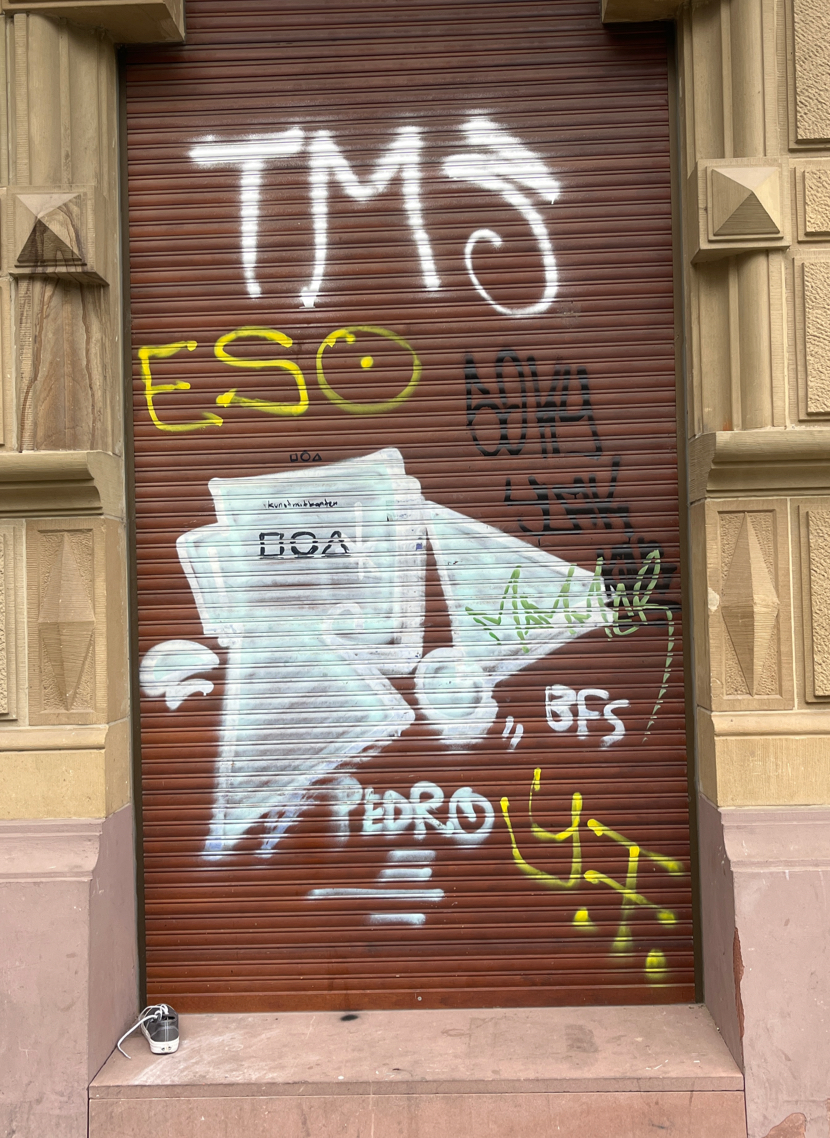
|
100211
|
GMA
|
Allemagne
Karlsruhe
|
|
|
—
|
KAGraffiti
|
|
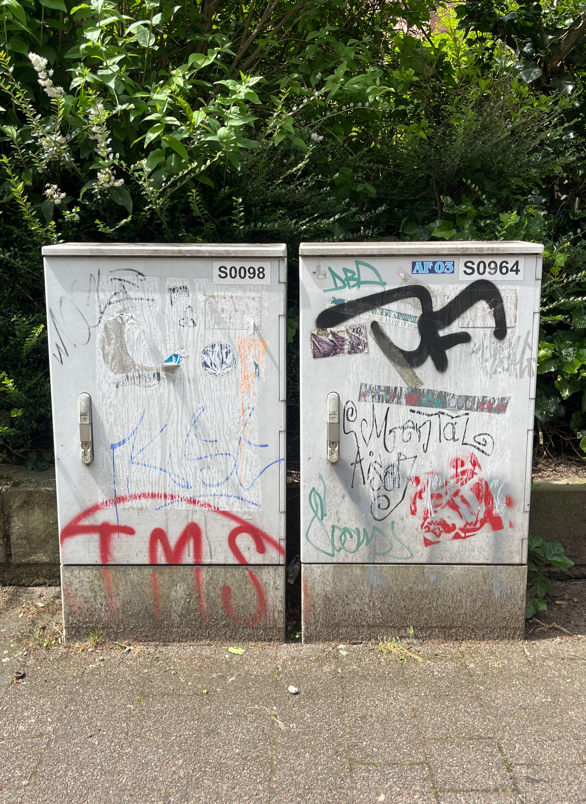
|
100731
|
GMA
|
Allemagne
Karlsruhe
|
|
|
—
|
KAGraffiti
|
|
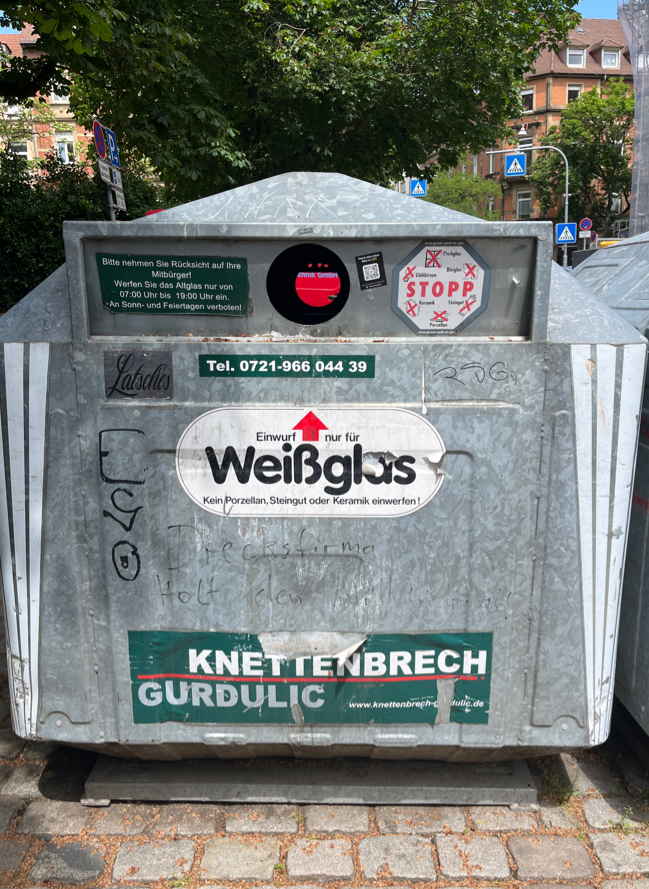
|
100734
|
GMA
|
Allemagne
Karlsruhe
|
|
|
—
|
KAGraffiti
|
|

|
100737
|
GMA
|
Allemagne
Karlsruhe
|
|
|
—
|
KAGraffiti
|
|
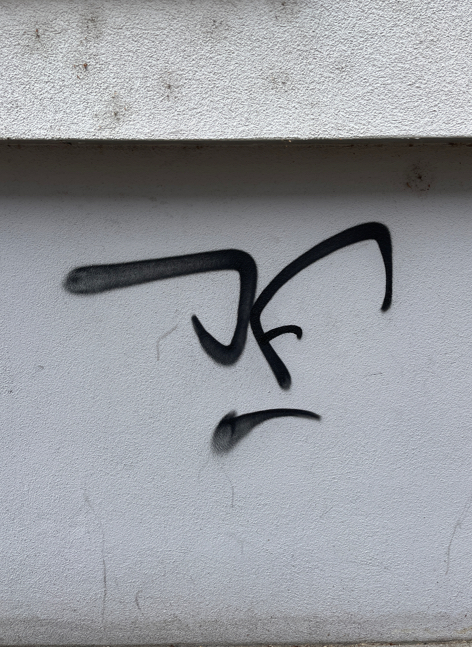
|
100739
|
GMA
|
Allemagne
Karlsruhe
|
|
|
—
|
KAGraffiti
|
|

|
100741
|
GMA
|
Allemagne
Karlsruhe
|
|
|
—
|
KAGraffiti
|
|
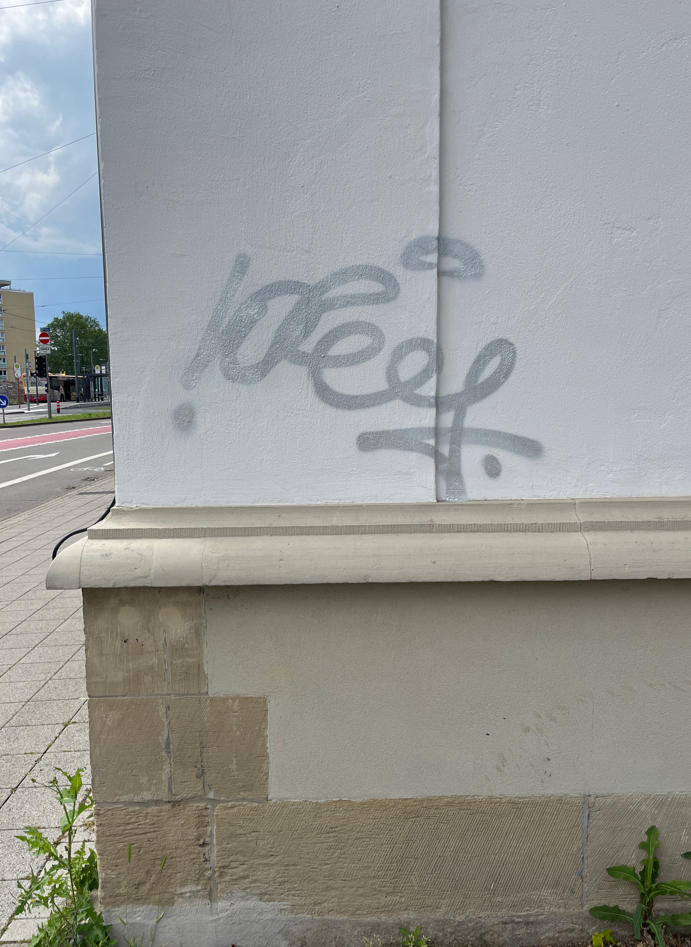
|
100744
|
GMA
|
Allemagne
Karlsruhe
|
|
|
—
|
KAGraffiti
|
|
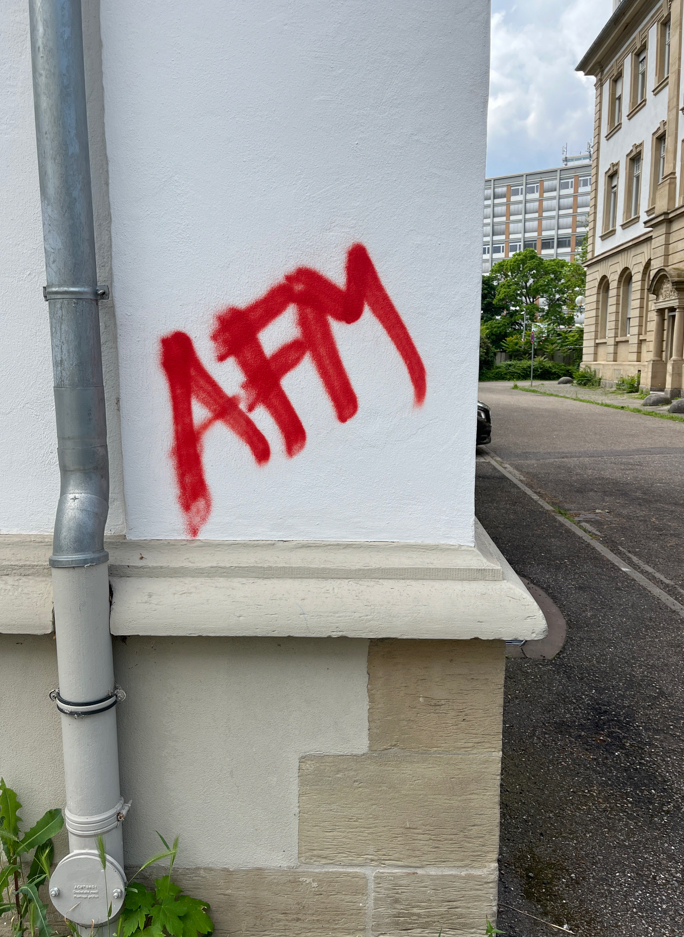
|
100747
|
GMA
|
Allemagne
Karlsruhe
|
|
|
—
|
KAGraffiti
|
|

|
83720
|
gnu
|
Austria
Wien
|
|
|
back on stage: englisch
|
VisibLL_VG1
|
|
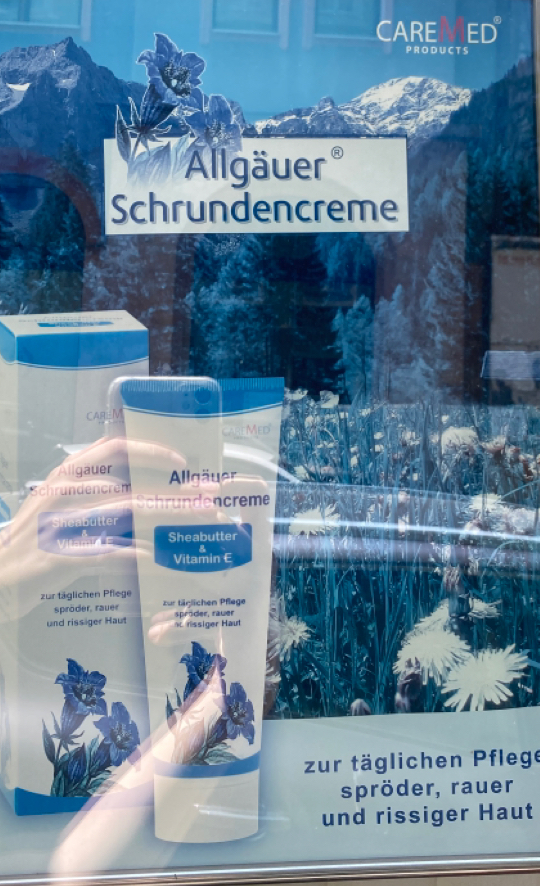
|
83772
|
gnu
|
Austria
Wien
|
|
|
caremed products, englisch
|
VisibLL_VG1
|
|

|
83804
|
gnu
|
Austria
Wien
|
|
|
alles kleingeschriebene ist Englisch
|
VisibLL_VG1
|
|
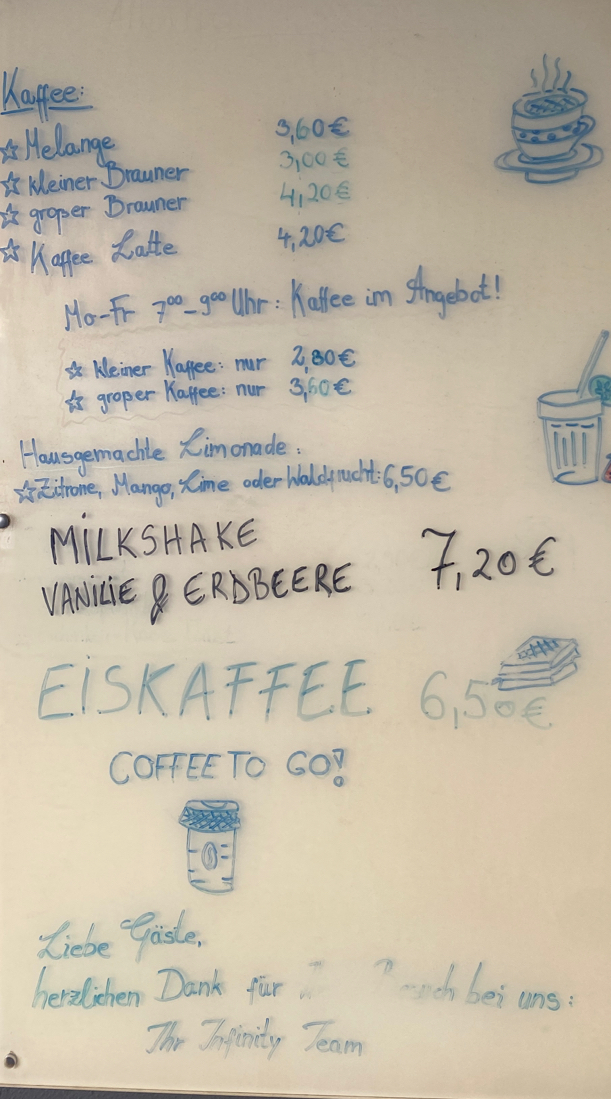
|
83852
|
gnu
|
Austria
Wien
|
|
|
Milkshake, Coffee to go, Englisch
|
VisibLL_VG1
|
|

|
83929
|
gnu
|
Austria
Wien
|
|
|
snacks and drinks, Englisch
|
VisibLL_VG1
|
|

|
83978
|
gnu
|
Austria
Wien
|
|
|
heavy cloud against fascism, Englisch
|
VisibLL_VG1
|
|
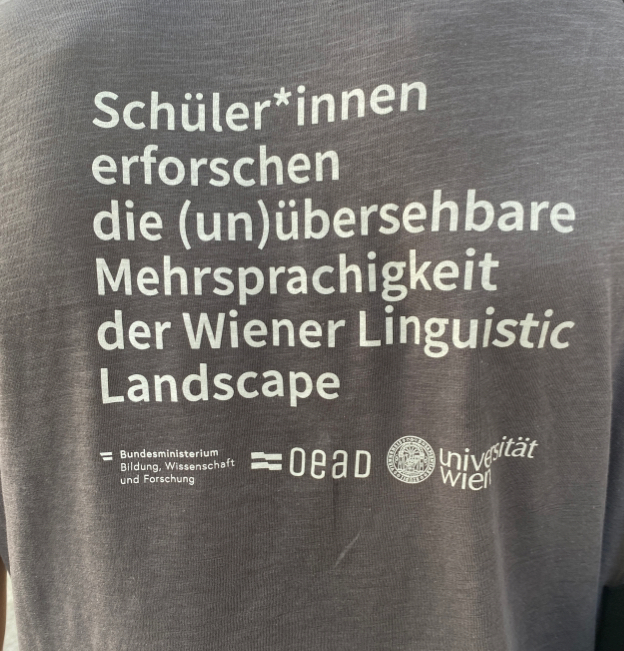
|
84004
|
gnu
|
Austria
Wien
|
|
|
linguistic landscape, englisch
|
VisibLL_VG1
|
|
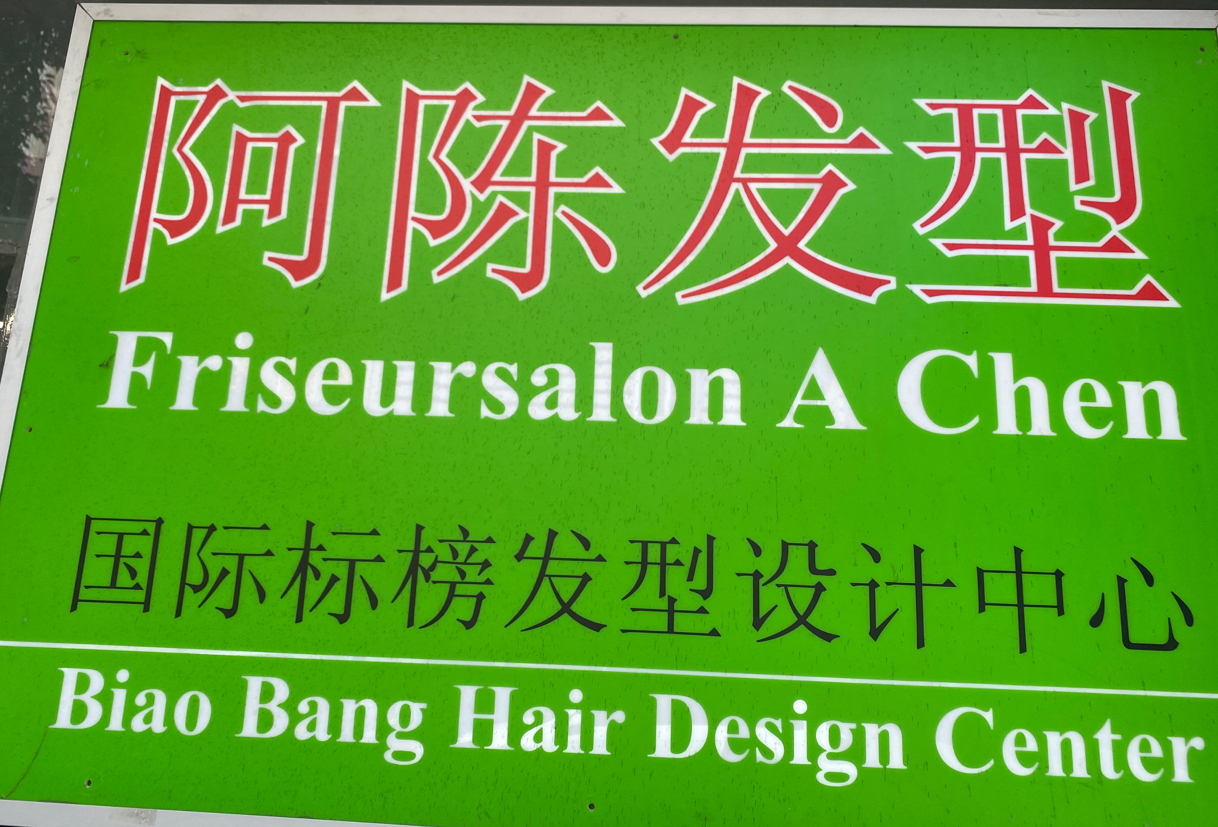
|
84077
|
gnu
|
Austria
Wien
|
|
|
hair design center , Englisch
|
VisibLL_VG1
|
|
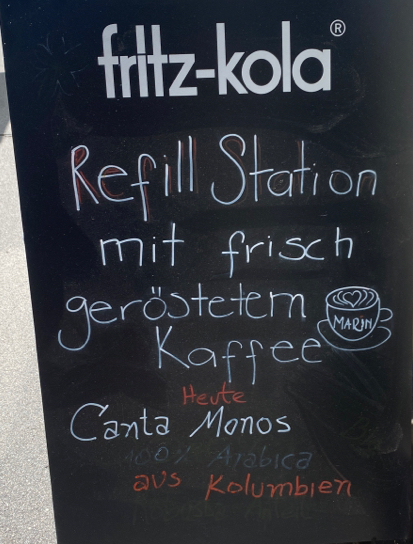
|
84211
|
gnu
|
Austria
Wien
|
|
|
refill station, englisch;
|
VisibLL_VG1
|
|
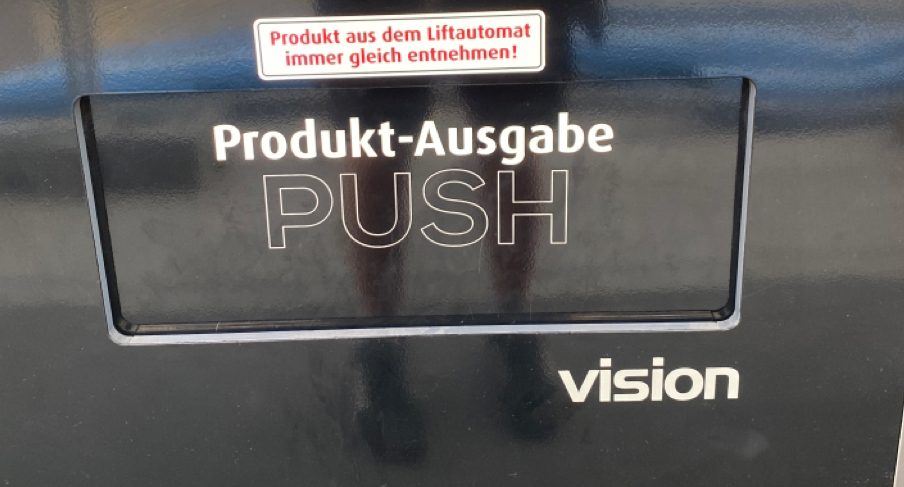
|
84398
|
gnu
|
Austria
Wien
|
|
|
EnG PUSH
|
VisibLL_VG2
|
|
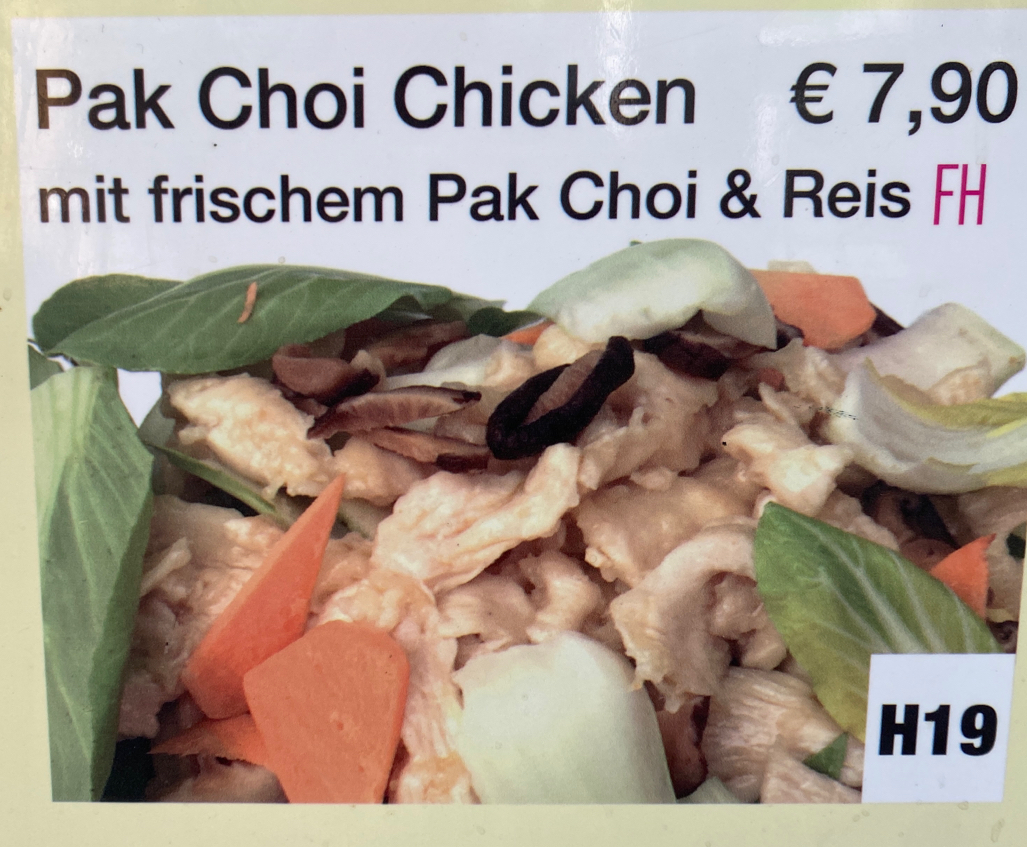
|
84418
|
gnu
|
Austria
Wien
|
|
|
ENG Chicken, OTH Pak Choi
|
VisibLL_VG2
|
|
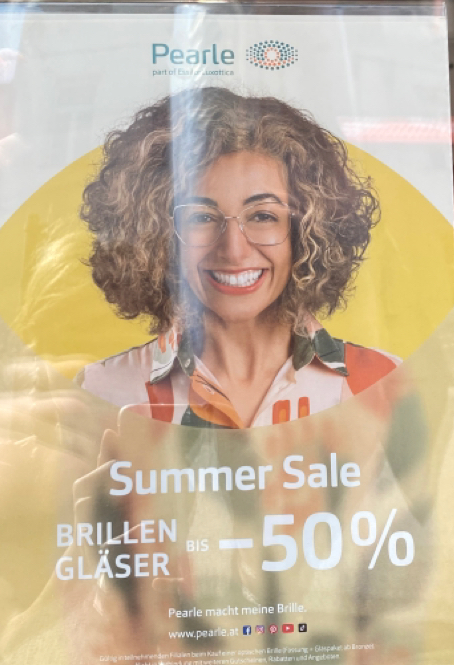
|
84442
|
gnu
|
Austria
Wien
|
|
|
ENG Summer Sale
|
VisibLL_VG2
|
|